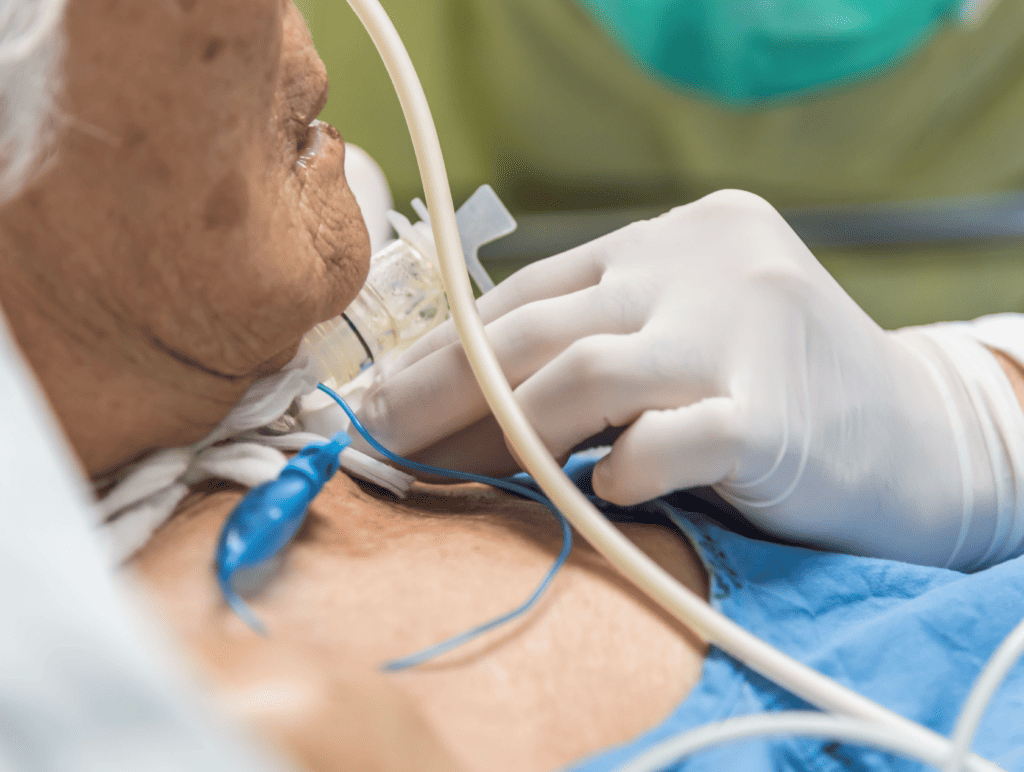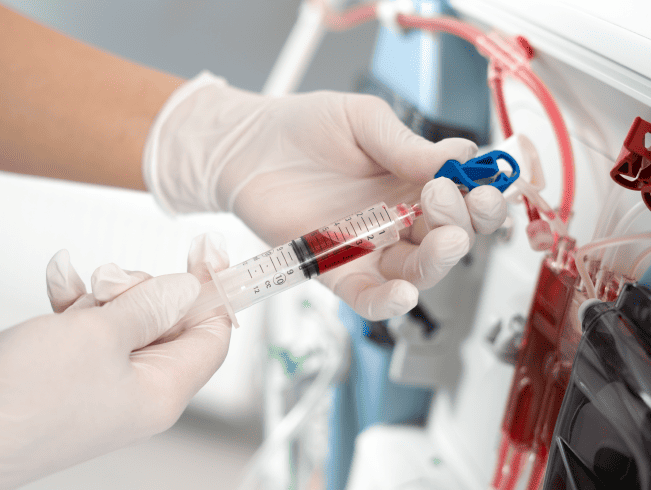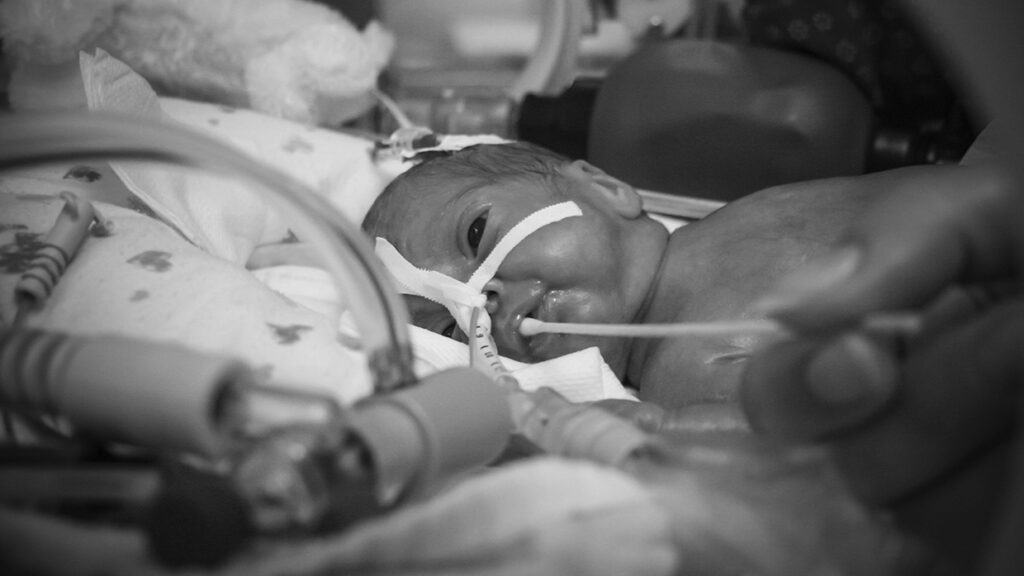Essential Equipment On Air Ambulances
Air ambulances serve as critical lifelines in the world of medical transport, offering rapid and specialized care to patients in need. These flying intensive care units are equipped with a range of advanced medical equipment and medications to provide life-saving care during transport.
Before transferring patients from hospitals or evacuating casualties from disaster sites, the Aero-Medical teams anticipate and plan for potential scenarios and medical emergencies that may arise. The flight should then be equipped with all the essential monitors, machines, and medications vital for sustaining life and safeguarding patient well-being.
Bluedot recognizes that in medical emergencies, every second counts, and having access to state-of-the-art devices can make a life-saving difference. To deliver the highest standard of patient care possible, our air ambulances are equipped with advanced, well-maintained, and more than sufficient equipment for every mission
Some of the essential medical equipment found on board air ambulances are:
Ventilators
Air ambulances are equipped with advanced ventilators that are indispensable for patients with compromised respiratory function. These ventilators offer various modes and capabilities, including volume and pressure control, synchronized intermittent mandatory ventilation, continuous positive airway pressure ventilation, non-invasive positive pressure ventilation, and adjustable oxygen levels from 21% to 100%. These ventilators are versatile, catering to patients of all ages, from neonates to adults, and operate independently from compressed air due to integrated high-performance turbines.
Monitor/Defibrillator
The monitor/defibrillator on board air ambulances is a compact, modular device that combines monitoring and pacing functions. It is equipped with various measuring modules, including ECG, SpO2, RR, CO2, NIBP, IBP, and temperature monitoring. This device ensures comprehensive patient assessment during transport and supports data exchange through IrDa or unique wireless network technology, operating without data or quality loss even in challenging flight conditions.
Suction Unit
The suction unit in air ambulances provides pre-selected suction levels that can be easily adjusted to clear airways and manage respiratory secretions. This equipment is indispensable for maintaining airway patency in patients with compromised respiratory function.
Infusion System
The modular infusion system on board air ambulances ensures precise medication administration. It calculates infusion rates automatically, offers dose rate modes, features an integrated piston brake, and utilizes automatic drive technology. This system is crucial for providing patients with a consistent and controlled supply of medications during transport.
Enteral Feeding Pumps and Tubes
Air ambulances are equipped with enteral feeding pumps and tubes to provide essential nutrition to patients who are unable to consume food orally. These pumps ensure a controlled and reliable delivery of nutrition, allowing healthcare providers to meet the specific dietary needs of each patient during transport.
ECMO Device
The ECMO (Extracorporeal Membrane Oxygenation) device is a cornerstone of air ambulance care, providing advanced life support for patients with severe cardiac or respiratory failure. It temporarily takes over the roles of the heart and lungs, oxygenating the patient’s blood and removing carbon dioxide, making it invaluable during critical missions.
Transport Incubator
For neonatal patients, air ambulances are equipped with transport incubators. These incubators provide a safe and comfortable environment for newborns during transport, monitoring, and maintaining ideal conditions.
BabyPod
BabyPod is a specialized device designed to transport infants safely. It includes a lightweight carbon fiber outer shell, shock-absorbent foam inner layer, a transparent lid for easy monitoring, a patient-positioning vacuum mattress, stretcher-fixing straps for secure transport, and safety straps to ensure the infant’s safety during the journey.
Blood Gas Analyzer
Hand-held blood gas analyzers are invaluable tools for in-flight triage and treatment decisions. They monitor a wide range of vital blood parameters, including pH, PCO2, PO2, HCO3, sO2, sodium (Na), potassium (K), hematocrit (Hct), and hemoglobin (Hgb), These devices assist medical teams in rapidly assessing patients’ conditions, facilitating timely and informed treatment decisions.
Ultrasound Scanner
Air ambulances are equipped with ultrasound scanners for mobile use both inside and outside the aircraft. These scanners feature a 5-inch TFT LCD, 256 grey shades, and memory for storing up to 160 images. They are particularly valuable for assessing and diagnosing patients during transit, helping medical teams make informed decisions quickly.
Airworthy Oxygen Cylinders
In addition to the array of medical equipment on board an air ambulance, a very vital component for the medical transfers is portable airworthy oxygen cylinders for onboard use. These cylinders ensure the availability of oxygen for in-flight use, a crucial element in patient care.
Air ambulances also maintain a comprehensive supply of emergency medications, indispensable for addressing a wide spectrum of medical conditions and unforeseen emergencies that may arise during missions.
Air ambulance missions demand the highest level of care, and the equipment on board reflects this commitment to patient well-being.
Bluedot exclusively partners with CAMTS and Eurami-certified air ambulances, equipped with advanced technology and the latest medical equipment. Our highly trained aero-medical staff ensures that each patient receives the best possible care during critical missions. These stringent certifications and our commitment to excellence guarantee the highest standards of safety, quality, and patient well-being.



